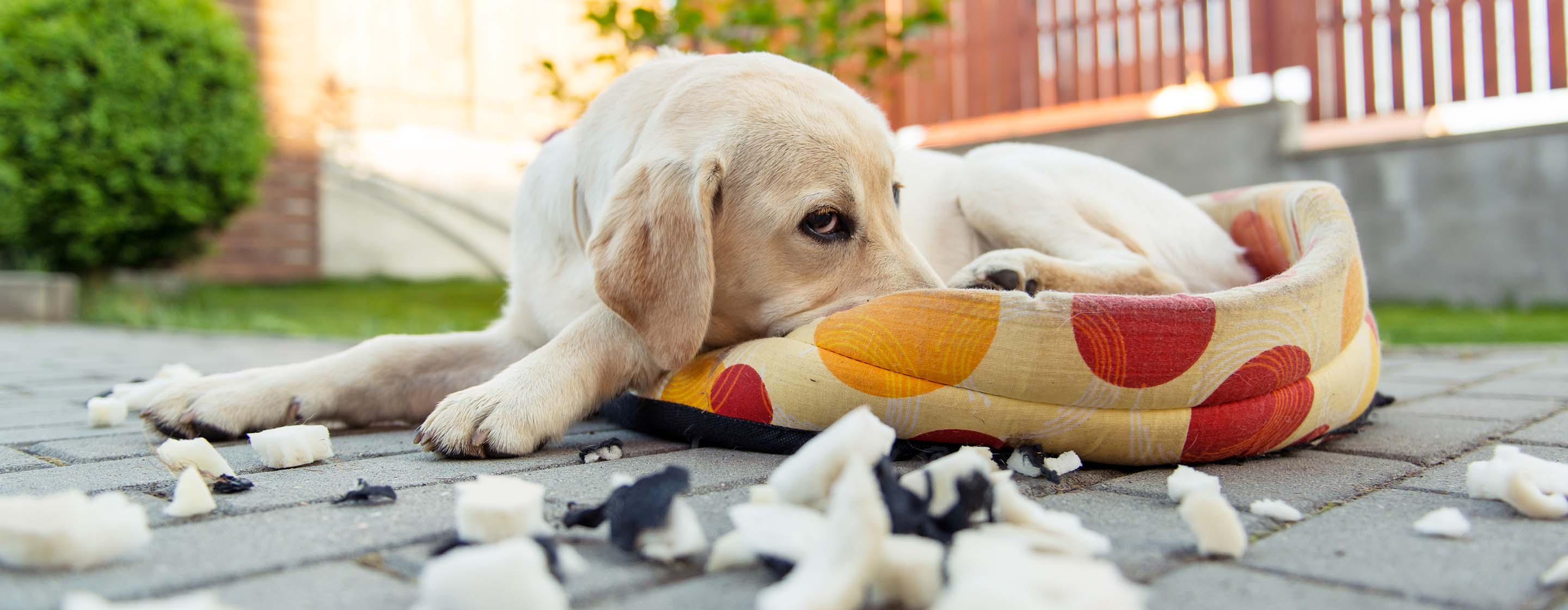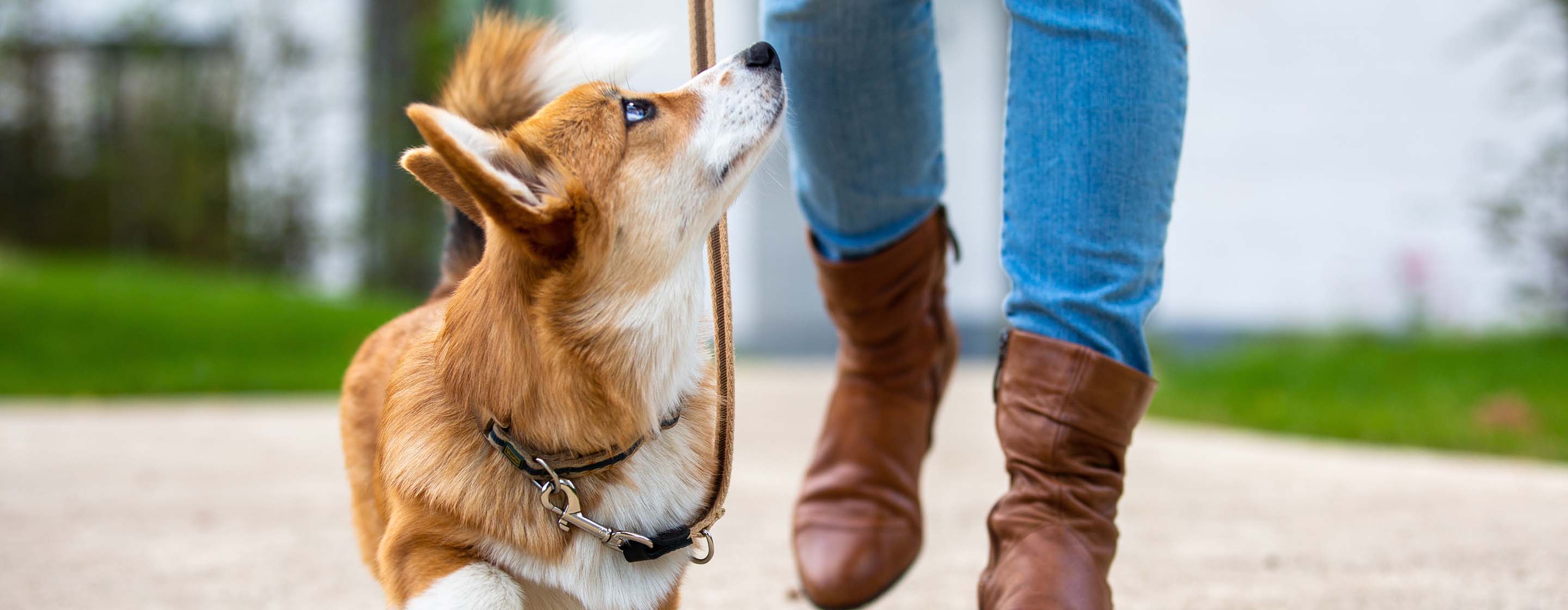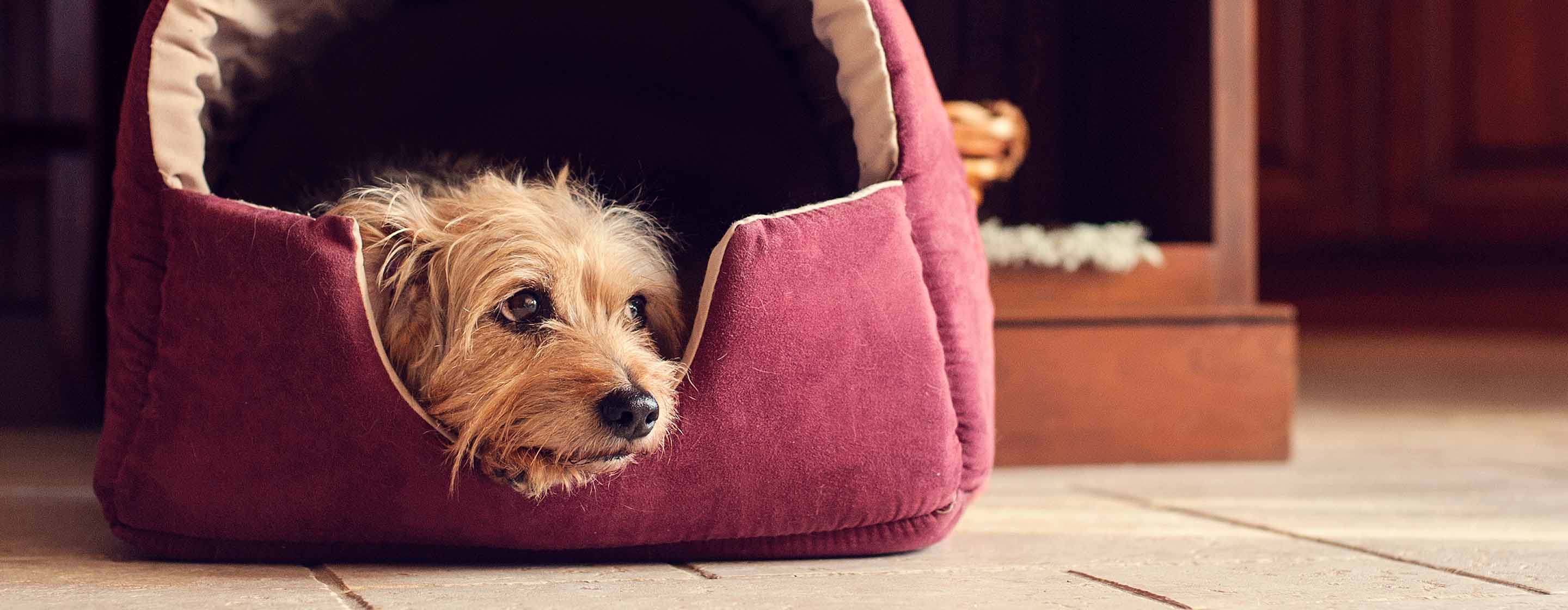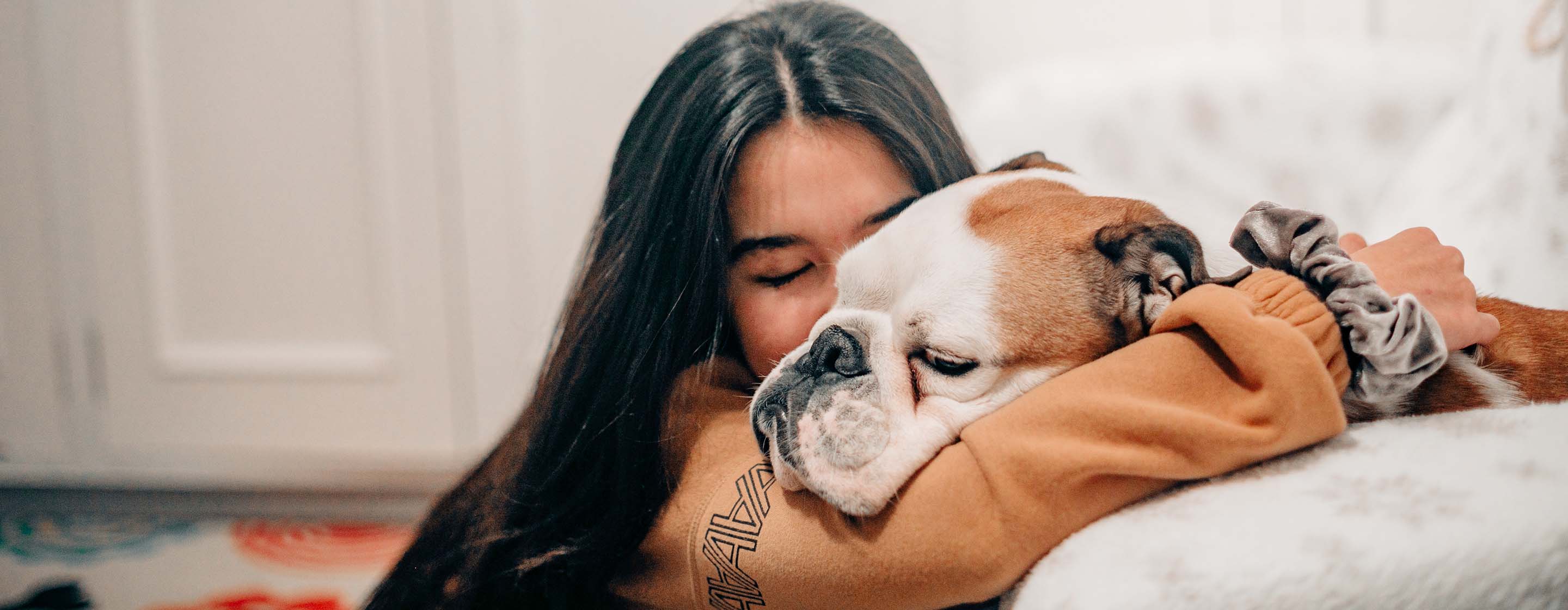How to prepare your dog for your return to the office
One of the silver linings to emerge from the pandemic is that it has brought many of us much closer to our pets. For dog owners, working remotely has resulted in extra-special bonds between people and our pups.
Alas, all good things must come to an end. As you get ready to return to the office, you might wonder how the change in your routine will affect your dog - they’ll certainly miss you when you head back to your place of work.
To make the transition as smooth as possible for you both, here are seven tips on how to prep your dog for a new routine, courtesy of the pet experts at BC SPCA.
1. Identify signs of stress and anxiety
First, it’s important to distinguish between your dog’s normal behaviour, including what they are typically triggered by, and when they’re showing signs of separation anxiety.
According to Dr. Karen van Haaften, the BC SPCA’s Senior Manager of Animal Welfare and Behaviour, dogs can suffer from situation-specific anxiety triggered by noises, car rides or trips to get their nails trimmed. Dogs can also suffer from more generalized anxiety in which there are multiple triggers. Signs include panting, excessive yawning, restlessness, inability to pay attention, repetitive behaviours, shaking, loss of appetite, or extreme attention-seeking behaviours. “Some dogs are more prone to anxiety due to genetic factors or lack of socialization during their sensitive socialization period of six to 16 weeks,” she says.

A sign of separation anxiety can be destruction or damage the dog does while you’re away from home. Since dogs are so attuned to your remote-work routines, they might start crying or show signs of nervousness as you get dressed to go to work. They might bark when you close the door and/or rush to the window to see you go. They may also shut down and withdraw in anticipation of you leaving.
If your dog shows these signs of anxiety, says Dr. van Haaften, the first step is to rule out potential underlying medical causes. “Your pet may not be suffering from anxiety but may have a medical condition that is causing pain or distress,” she says. “Several studies in recent years have found a link between anxiety conditions such as noise phobia and painful conditions such as arthritis. Once you have ruled out a medical cause for the symptoms, observe your dog closely to identify their specific anxiety triggers so that you can begin to address them.”
2. Leave more often
Before you head back to the office, start leaving home more frequently, gradually increasing the duration each time. Go for an afternoon stroll, get some exercise or run a bunch of errands. You want your dog to get used to you being away, and you want them to understand that you always come back again.

3. Go back to your old routine
The pandemic changed many of our routines. Your walks with your pup may now be more or less frequent and at different times of the day. Maybe your dog eats later now (or more often) to match your pandemic snack times. So, in advance of returning to the office, start your old routine again. If you’re due to start work at 9 am, reinstitute an earlier feeding and exercise schedule. If you used to walk them after work around 6 pm, pick up the habit again.
Another tip: start leaving your home at your typical morning departure time, even if it’s just to go for a short walk. This will help your pup get used to your leaving to head to the office.
4. Keep them occupied
To prevent your pet from being bored, ensure they’ve had an adequate amount of exercise before you leave for work. A tired pet is a happy pet. It’s also a good idea to keep them busy by leaving toys and activities like interactive puzzles. Give them a favourite chew toy or a Kong filled with treats. This will help them resist barking, crying or gnawing on your furniture.

5. Give them a space of their own
You want your pet to feel secure when you’re gone. Giving them a space that they can call their own creates much-needed comfort and safety. If they don’t already have a crate or dog bed they love, make a special place for them before you go. Encourage them to spend some time there with toys and treats. If your dog used to go in a crate or pet-friendly space while you were away, encourage them to take their naps there again. This should help them get used to you not being around all day.
Important note: giving your dog their own space is not the same as putting a dog in their own space when they may not want to be there. Putting any animal in a space that they aren’t comfortable with can give them anxiety. For example, if your dog has separation anxiety, being inside a crate or room with the door closed can increase their stress instead of lowering it. So, make sure they’re going into their space willingly and feel comfortable there.
6. Know that help is available
Helping your pet adjust to your return to the office may not be an easy task. If you’re having a hard time resolving separation-related behaviours by yourself, a professional dog trainer can help you address the issues in a way that’s both effective and kind.
The BC SPCA recommends AnimalKind accredited trainers who can work with you online or in person. Many are specialized in dealing with separation anxiety.

7. Give it time
Being away from your dog is bound to be a difficult transition for you both. Be patient with them as you help them adjust to this huge change. Enjoy your time together now while you slowly ease them back into your old routine. Make the most of every moment you have together before and after your return to work.
Get peace of mind that they’re protected
Our pets are cherished family members – they provide love, laughter, companionship and so much more. Protect their health and well-being and get peace of mind with BCAA Pet Insurance. We cover your pet for accidents, illness, dentistry, alternative therapies, medical devices and even behavioural therapy for diagnosing and treating abnormal behavioural problems in your pet. Learn more about BCAA’s Pet Insurance and get a quote today.







